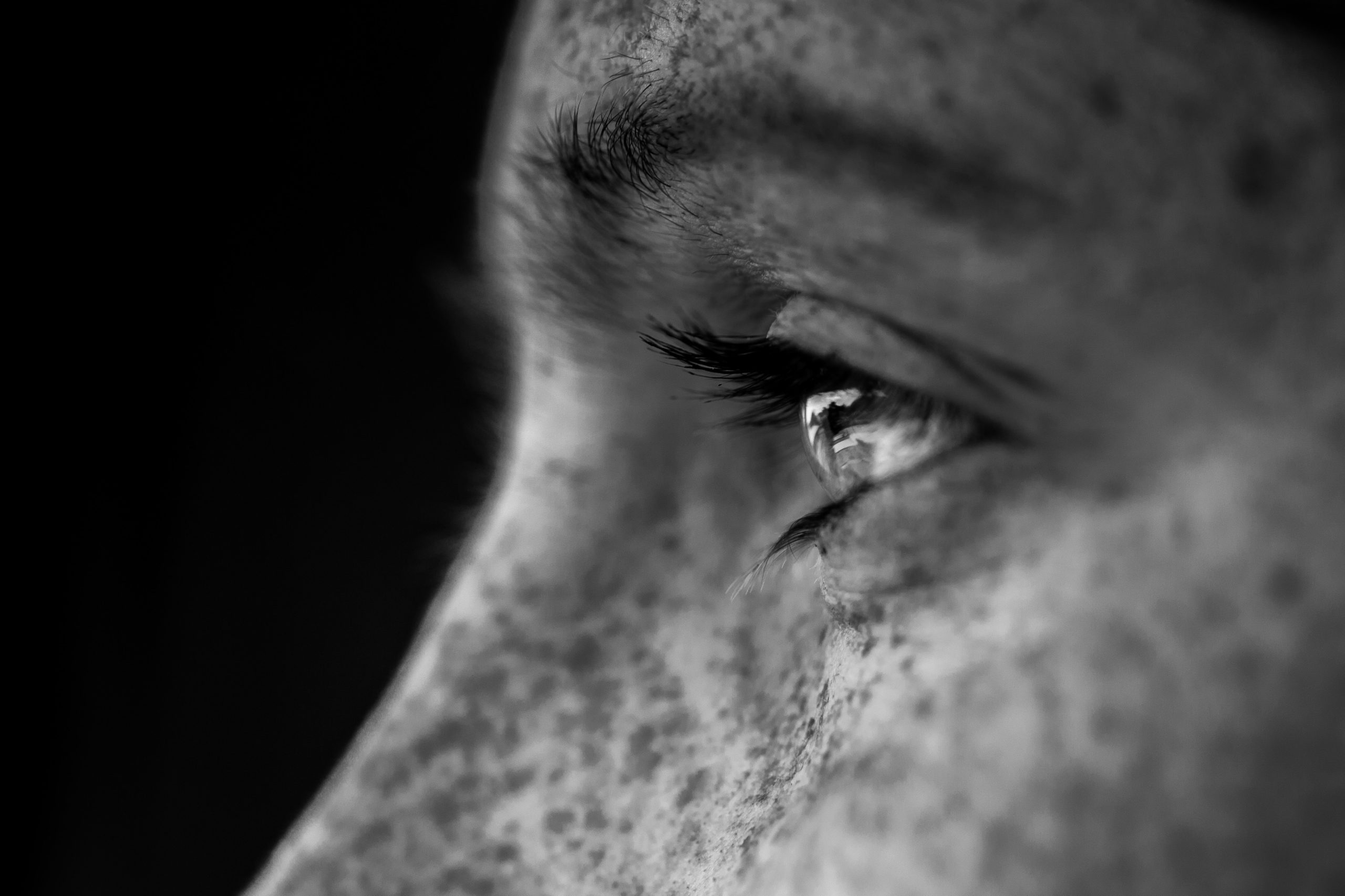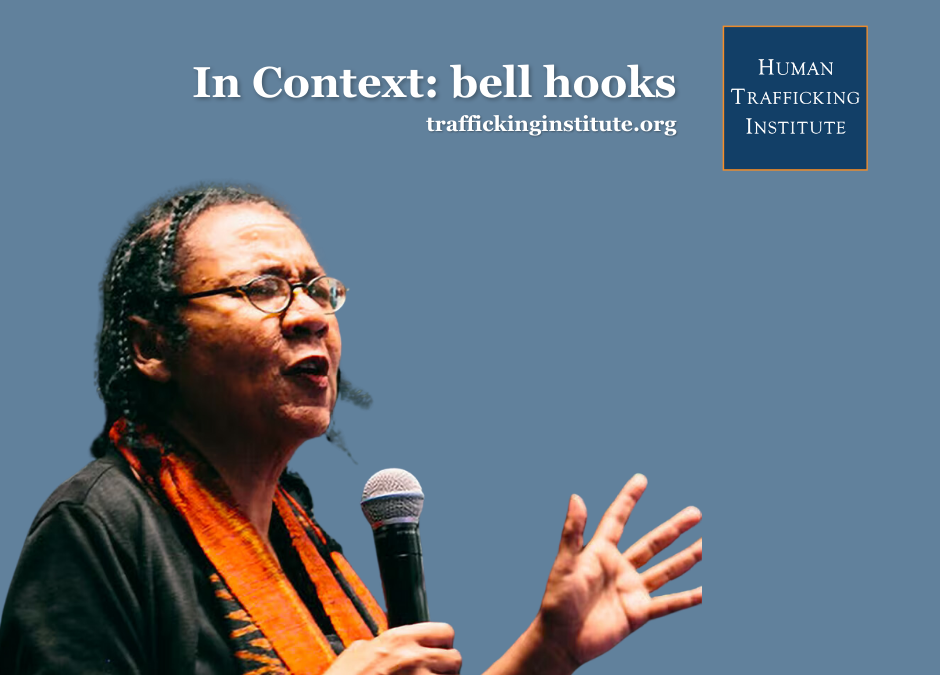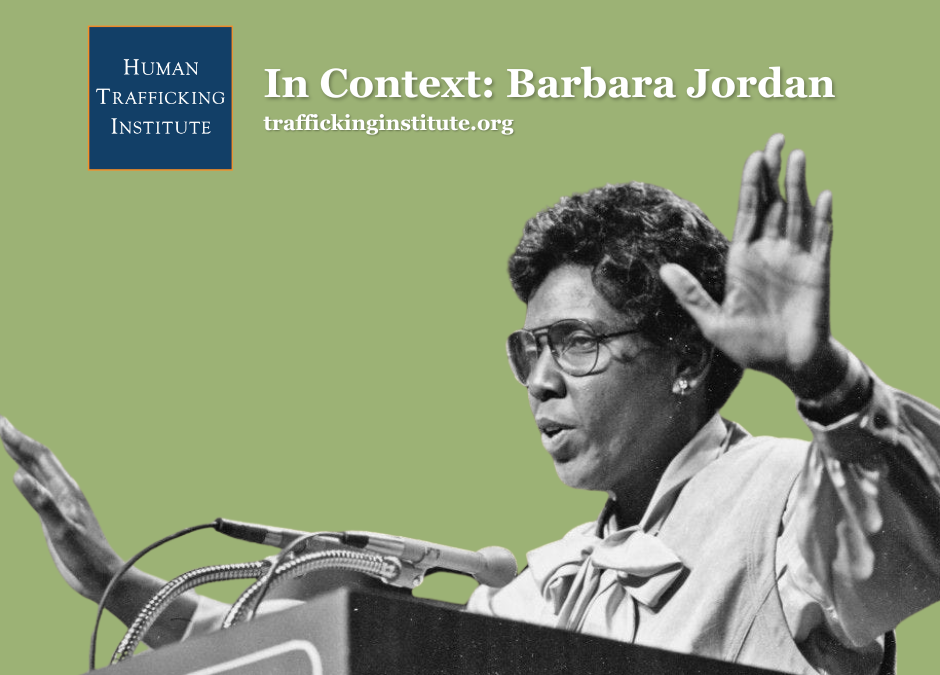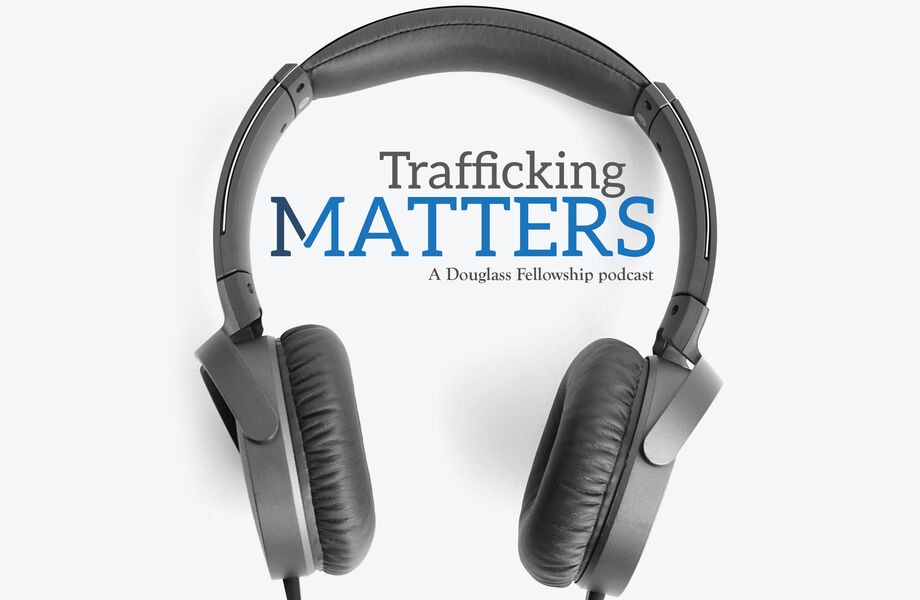For Harold D’Souza and his family, the complexity of finding and navigating assistance in the criminal justice and social service systems is not an abstraction. In 2003, the D’Souza family arrived in the United States seeking hope and opportunity through legal, gainful employment, only to find themselves exploited and working between 14-16 hours a day, seven days a week, in bonded labor in a restaurant in the Cincinnati, Ohio area. It was not until 2007, after connecting with the Salvation Army of Cincinnati’s anti-human trafficking program and the FBI, that his family began the long journey to break through a nightmare existence of forced servitude, debt bondage, and abuse.
Today, Harold is an expert advocate, trainer, and speaker, who has twice been appointed to serve on the U.S. Advisory Council on Human Trafficking. He describes himself as enormously grateful for the help he received and considers himself to “have found my purpose and passion- to help people.”
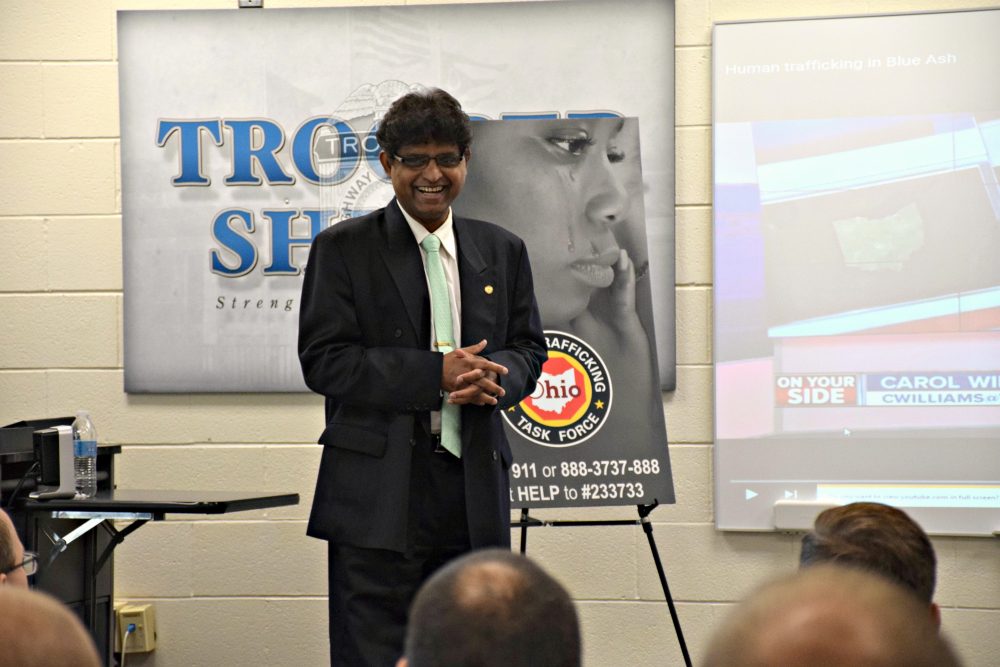
Photo courtesy of the Ohio Department of Public Safety
In a recent conversation, Harold shared his own story and insights about his family’s path to recovery and freedom. Below is a summary of five key insights he shared based on his own story and from the many survivors he speaks to throughout the country:
1. The obstacle of immigration status is not just a logistical issue, but one that can significantly impact emotional and mental health.
According to studies by organizations such as the Urban Institute, many labor trafficking victims enter the United States on lawful visas, and nearly just as many are unauthorized by the time they escape their trafficking situation.1 Furthermore, the isolation reinforced by language barriers, cultural differences, and immigration issues are “particularly devastating for trafficking victims by reinforcing their captivity.”2
When Harold and his family arrived in the United States from India in February of 2003, he arrived on an H-1B visa while his wife and two young children came as H-4 dependents. Harold notes his family was invited to come “on trust, faith, a promise and to live our American dream.”

But within months of arrival, his employment situation quickly revealed itself to be a bonded labor situation.3 His work documentation was under the control of his employer, and he was eventually unable to demonstrate legal status in the United States.
In 2007, through the assistance of the FBI and local service providers, Harold was able to obtain Continued Presence status and eventually a U-visa. Like many survivors, his trafficker was never prosecuted, but he emphasizes the importance that obtaining legal status provided in establishing a foundation for healing and rebuilding his family’s life.
“The day I started accepting that this happened to me, it changed my entire life. My counselor said, ‘why are you saying you are illegal?’
I thought I was a criminal, that was always the feeling in me, and that is the feeling of all labor trafficking survivors.
Being called ‘undocumented,’ not illegal—it was good. You start to feel like you are a criminal. They tell you, “I will get you handcuffed. I will get you arrested. You will go to jail, and you will get deported.”
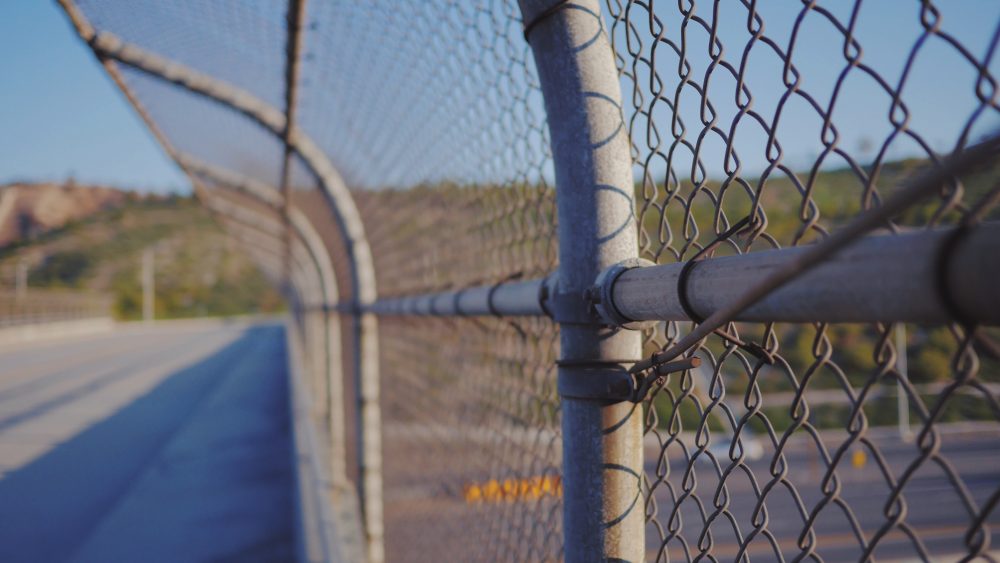
They always call you illegal—not by name. It was like in a court, how a judge pardons you. It’s like being told you are free. You can go.
It’s not just about the individual, there are families involved. It was about my kids. When I got my green card, I felt literally free from that day on. That it is the way for foreign national victims of trafficking. They don’t feel free until you get a status where you can do stuff like get a job, travel, speak freely, etc.”
2. The healing process takes years. Access to appropriate mental health assistance with a culturally competent lens is an essential part of that process.
A recent study from the U.S. Department of Health and Human Services (HHS) presents an excellent overview of the needs and barriers survivors face when accessing mental health services, such as cost, availability of appropriate services responding to complex trauma, and shame that prevents survivors from seeking help.4
Harold shared how counseling services affected his own journey:
“Once you get status, like a green card, then you are free. But it is a long process and varies from individual to individual. For example, in my case, even today I am not totally healed, but I feel good when I look at my kids. Internally I am still working it out. It is not a fixed thing, and people have to walk with them.
I recommend that people should go for counseling. I go to a sister of Notre Dame because I feel comfortable like I’m talking to my mother with whom I can share. I grew up Roman Catholic in India and went to a convent school. The sisters I knew were very loving.

I honestly believe counseling is a very big thing. It helps the law enforcement agency over the long term because the victim becomes more comfortable talking. Once I started talking, it healed me. [Survivors] should go with whomever they are comfortable, so they can start to come out of it.”
3. For male survivors of labor trafficking, consider cultural expectations of men and how they might feel about receiving counseling and mental health assistance.
The HHS study reported that “providers note that the stigma associated with mental illness is an especially prominent challenge in engaging foreign-born and male victims in treatment.”5
Harold echoes this sentiment, and how he eventually was able to benefit from counseling once he was ready to walk that path.
“For us guys, in the case of labor trafficking, it is a stigma and a shame. In my culture, we say men should never cry, so people don’t share their feelings. But I am a father, a son, a husband, and most importantly a human being. I told the service provider I am not mentally ill. I don’t want to go to counseling. Then after I went for five or six times, I felt good.”
4. Investigators and service providers should consider how information asymmetries are a part of force, fraud, and coercion and contribute to survivors’ trauma and trafficking experience.
“Many times, a victim cannot identify what he or she needs, because your mind is not working, and you don’t know what you need. Most foreign national victims in labor trafficking don’t know the culture, the people, the law and order, [or] how the system works. I didn’t know about the public library for years; that it was free, and I could access information.
For example, no one knows you get paid per hour. People make like $8 a month back home, not $8 an hour. I didn’t know you get paid per hour and that if you work over 40 hours you can get paid overtime.
There is a saying in India that when a person has jaundice, everything he sees is yellow. Like for me, every time I saw a police car I was frightened and walked away quickly. This is the mentality of the survivor, even a survivor who arrived here legally. They don’t want to go to the airport if they think there are cameras, because they might see that you are ‘illegal.’”
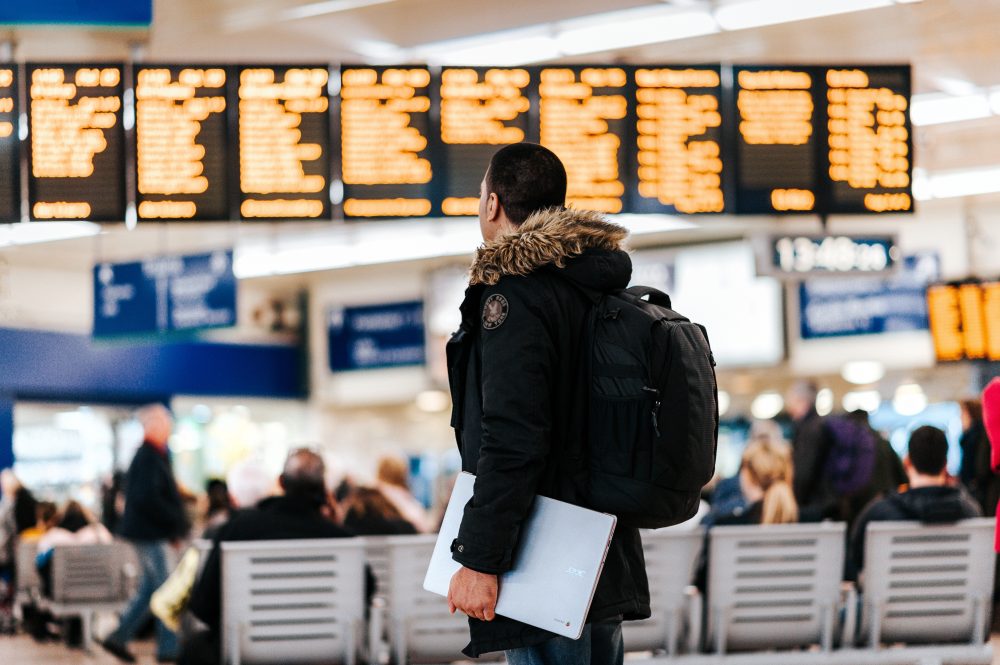
5. Community kindness can be a life-saving assistance to a survivor and his or her family.
Isolation and dependence are two key means used by traffickers to keep their victims in bondage, especially foreign national victims unfamiliar with local customs, laws, and culture. Although professional responders are critical to securing long-term stability and assistance for survivors and their families, caring, informed community members and volunteers can make a significant, life-changing impact.
Harold shares that during his trafficking experience, the outreach and care by his children’s elementary school catalyzed an outpouring of community kindness that his family will never forget. He describes the acts of kindness his family experienced in the early days when he was called to a meeting with his sons’ school:
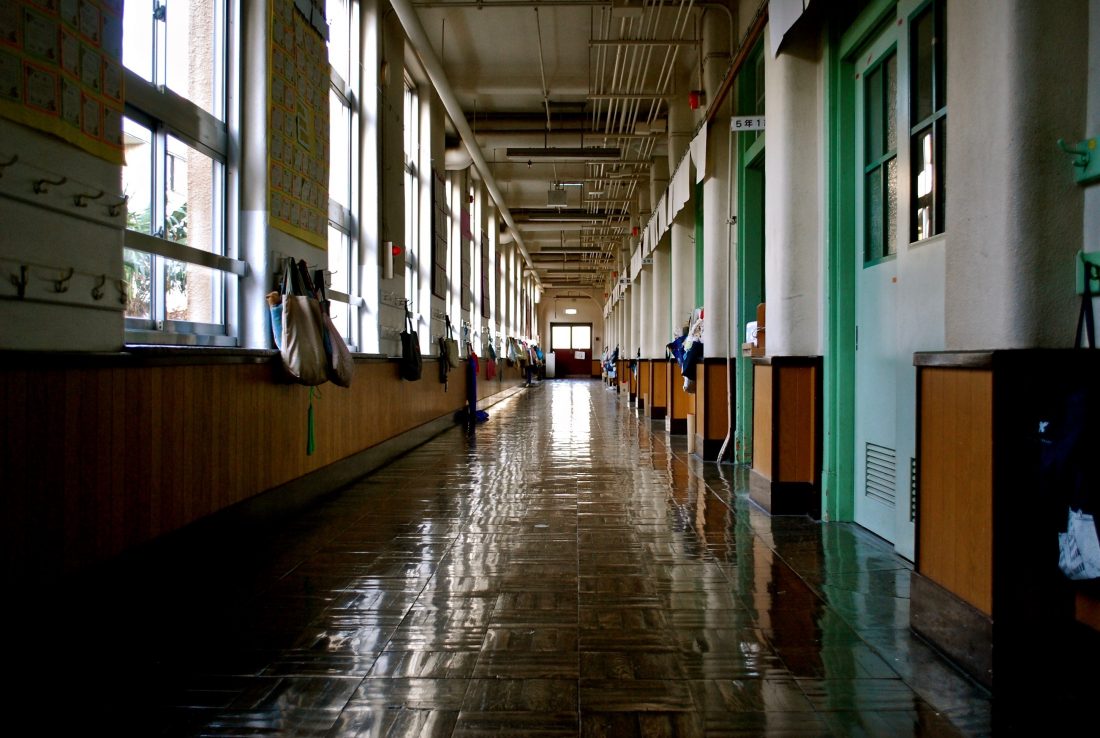
“The principal didn’t know we were victims of trafficking, but she knew we weren’t getting paid and something was wrong. She got us connected to an agency called NEEDS in the Cincinnati area, and they provided us with groceries and rent assistance. And we received a lot of mail at our house with no address with $5, $10, $20 cash. I think the principal did this. And then we got connected to Freestore Foodbank, a downtown food bank, to get once-a-month groceries. Then our parish would come to our house and give us groceries and sometimes help with rent too. And at Thanksgiving, the Blue Ash (Cincinnati suburb) police or fire department sent a turkey to our house in 2005 or 2006.
The community helped us a lot. I am very overwhelmed by how many people have helped us. Without even knowing I was a victim of labor trafficking, they didn’t judge me but helped me.
For so many years, people would call and invite us over for Thanksgiving after the story came out. That’s humanity. That means a lot when people are aware and helping you. The victim is craving love, compassion, humanity after being abused so much. They want to be respected.”
Harold’s story embodies many the common themes shared by survivors of human trafficking, and labor trafficking in particular: The shame and trauma he and his family experienced; the impact of cultural norms on his healing process; the complexity and importance of obtaining legal documentation.
Today, he expresses the joy he feels in sharing his knowledge and difficult experiences when training professionals and the public so other survivors might also receive help: “I see the reaction, perception and acceptance. Certain things aren’t in the books—it’s from practical experience. There is no perfect formula. It’s an art to identify survivors.”
Conclusion
While there is much progress to celebrate since the passage of the TVPA in 2000, both the data and reported experiences of survivors show that there is significantly more work to be done, particularly with regard to combatting labor trafficking in the United States. Studies and expert groups such as the U.S. Advisory Council on Human Trafficking6 point to increased collaboration with survivors for guidance and training development as a key way forward.
If we truly want to create a system with just outcomes for survivors, let’s have some more conversations with experts like Harold. Only then we will be able to put into place strategies that truly reach victims of forced labor who toil in the shadows all around us.
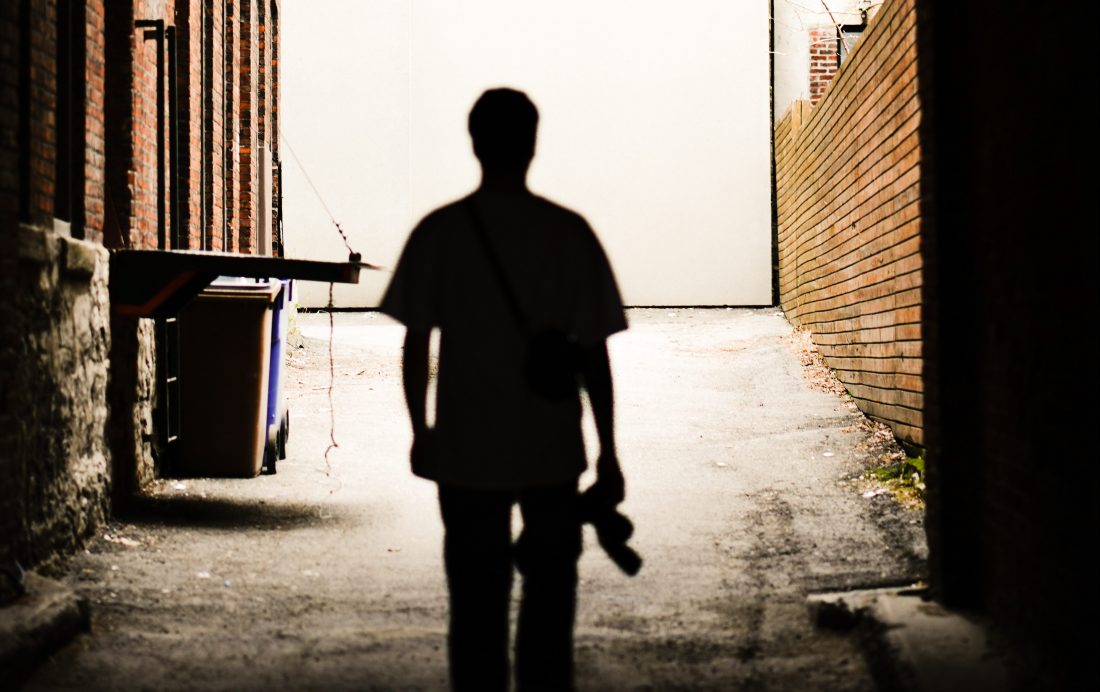
As Harold advises both professionals and the general public, “Whenever you go anywhere: Look, listen, learn and love. This can help open up a lot of outlets for victims to talk.”
If you suspect someone is a victim of human trafficking, please contact the National Human Trafficking Hotline at 1 (888) 373-7888, Text “HELP” or “INFO” to 233733, or call 911 if someone is in immediate life-threatening danger.
-With gratitude to Harold D’Souza and his family.
- 1From Urban Institute’s October 2014 study, Understanding the Organization, Operation, and Victimization Process of Labor Trafficking in the United States. https://www.urban.org/research/publication/understanding-organization-operation-and-victimization-process-labor-trafficking-united-states
- 2 Heather J. Clawson, Ph.D., Amy Salomon, Ph.D., and Lisa Goldblatt Grace, LICSW, MPH. “Treating the Hidden Wounds: Trauma Treatment and Mental Health Recovery for Victims of Human Trafficking.” U.S. Department of Health and Human Services study, 15 March 2018. https://aspe.hhs.gov/report/treating-hidden-wounds-trauma-treatment-and-mental-health-recovery-victims-human-trafficking
- 3 According to the Urban Institute’s 2014 study, Understanding the Organization, Operation, and Victimization Process of Labor Trafficking in the United States, of the 122 closed labor trafficking victim service records from service providers in four US cities, records indicated that labor trafficking survivors paid an average of $6,150 in recruitment fees for jobs in the United States (p. 52).
- 4 Heather J. Clawson, Ph.D., Amy Salomon, Ph.D., and Lisa Goldblatt Grace, LICSW, MPH. U.S. Department of Health and Human Services study, “Treating the Hidden Wounds: Trauma Treatment and Mental Health Recovery for Victims of Human Trafficking.” 15 March 2018, https://aspe.hhs.gov/report/treating-hidden-wounds-trauma-treatment-and-mental-health-recovery-victims-human-trafficking
- 5 Ibid.
- 6 The U.S. Advisory Council on Human Trafficking- Annual Report 2017 states: “We recommend federal agencies encourage state task forces and other multidisciplinary teams to engage with local survivors and increase collaboration among local law enforcement partners with survivors to develop and deliver training for criminal justice professionals.” Page 12. https://www.state.gov/documents/organization/277080.pdf

